|
Any student wanting to learn an instrument will need to invest in having their own instrument for practice during the week. Without applying the information learned at the lesson during the week, progress will be stunted. Students who practice progress more quickly! When searching for pianos, we know the options can become overwhelming! We recognize that the quality of the instrument needed may change as a student progresses; therefore, we hope the pros and cons we have shared will help you make the right decision for your needs! For purchasing a piano, we highly recommend visiting Fox Music House Inc. in North Charleston. They have acoustic, digital, and electronic keyboards available for purchase and rent! Types of PianosThere are three basic types of pianos: 1. Acoustic Pianos are the largest and most expensive but also the best when it comes to developing piano skills. Acoustic pianos include upright and grand designs. 2. Digital Pianos are smaller, more portable, less expensive, and many are able to closely mirror the sound and touch of acoustic pianos. Digital pianos can be purchased with a cabinet-style console, enhancing the aesthetics and mimicking an acoustic instrument. 3. Electronic Keyboards are the most cost-effective option, however, sometimes they include less keys (which limits repertoire) and they may not have resistance (weighted-keys). These differences make transferring skills to a digital or acoustic piano more difficult. For each type of piano, we have shared pros and cons to consider when choosing the right instrument for your student and your family! Acoustic PianosAcoustics instruments are made of real wood and real strings, producing the highest quality sound and touch. Pros
Cons
Digital Pianos
Pros
Cons
Electronic PianosElectronic pianos are the most affordable way to begin, however, playing piano on a non-weighted, non-full-size keyboard is not ideal. We recommend upgrading to a digital or an acoustic piano when possible. Pros
Cons
Thank you for taking time to read our considerations and we hope you will find the right instrument that best fits your budget and your needs.
Additionally, if you are not already a part of the SC Music Lessons LLC studio, check out our instructors who all have a degree in music or have taught for 5+ years. Plus, with virtual lessons, we can teach anyone anywhere! If you have any questions or need additional assistance, just reach out - we are here to help: [email protected] Blog post written by:
0 Comments
Leave a Reply. |
CONTACT
Holly Slice, Owner
Email: [email protected]
Phone: 843-310-1083
Visit Our Sister Site:
Lowcountry Pianist & Company LLC
Email: [email protected]
Phone: 843-310-1083
Visit Our Sister Site:
Lowcountry Pianist & Company LLC
LEGAL
© 2024 SC Music Lessons LLC
All Rights Reserved.
All Rights Reserved.
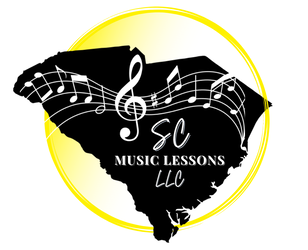
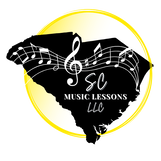
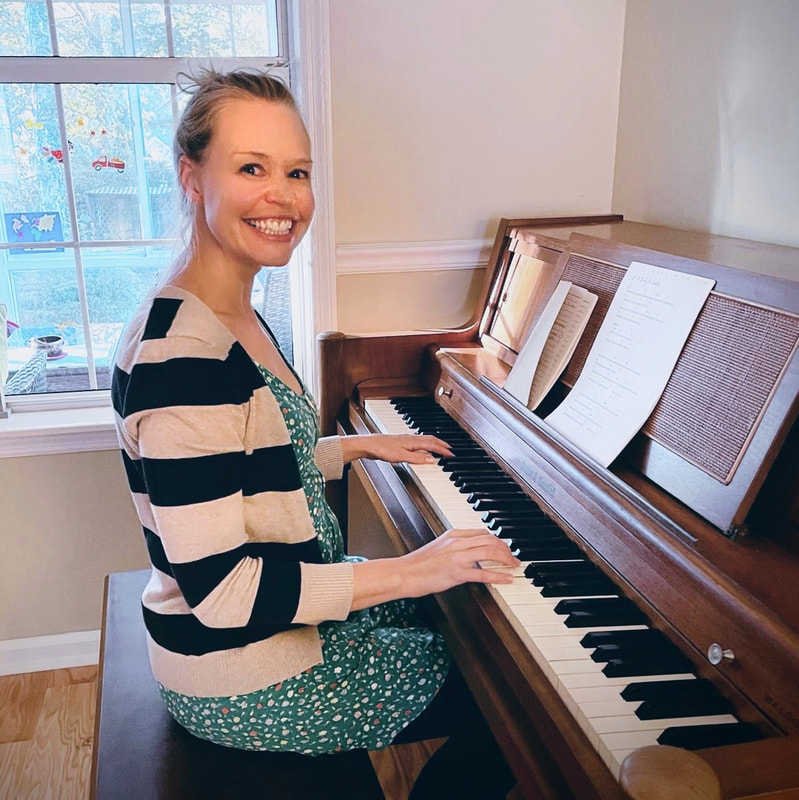
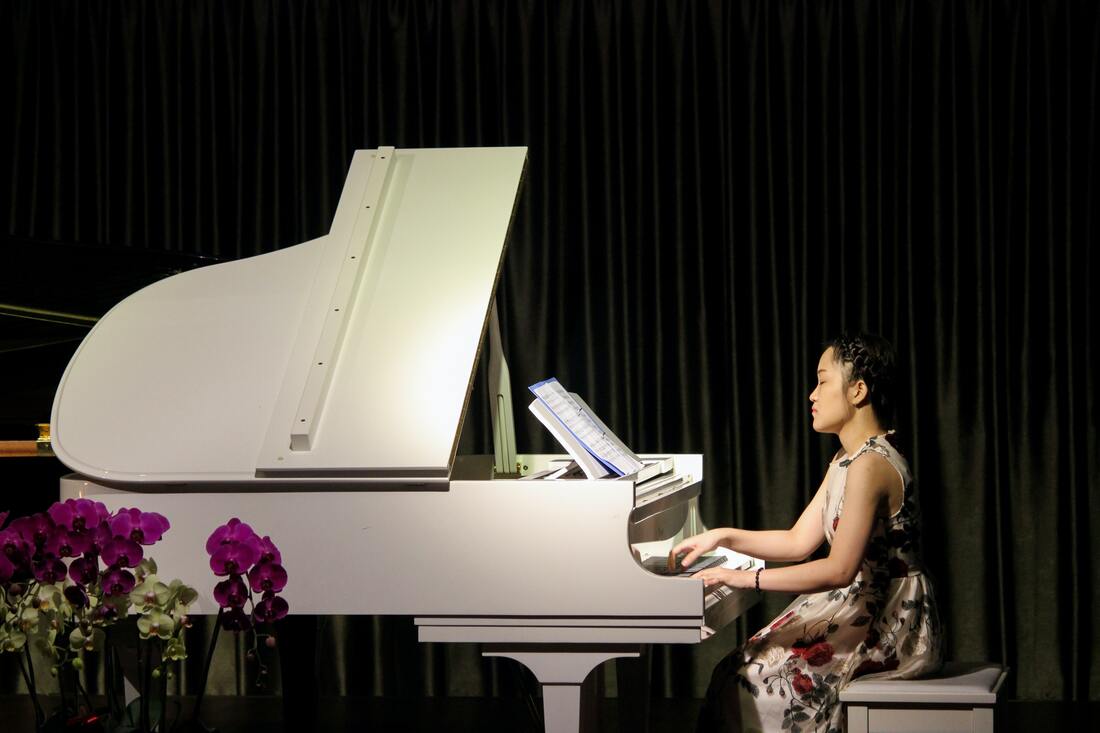

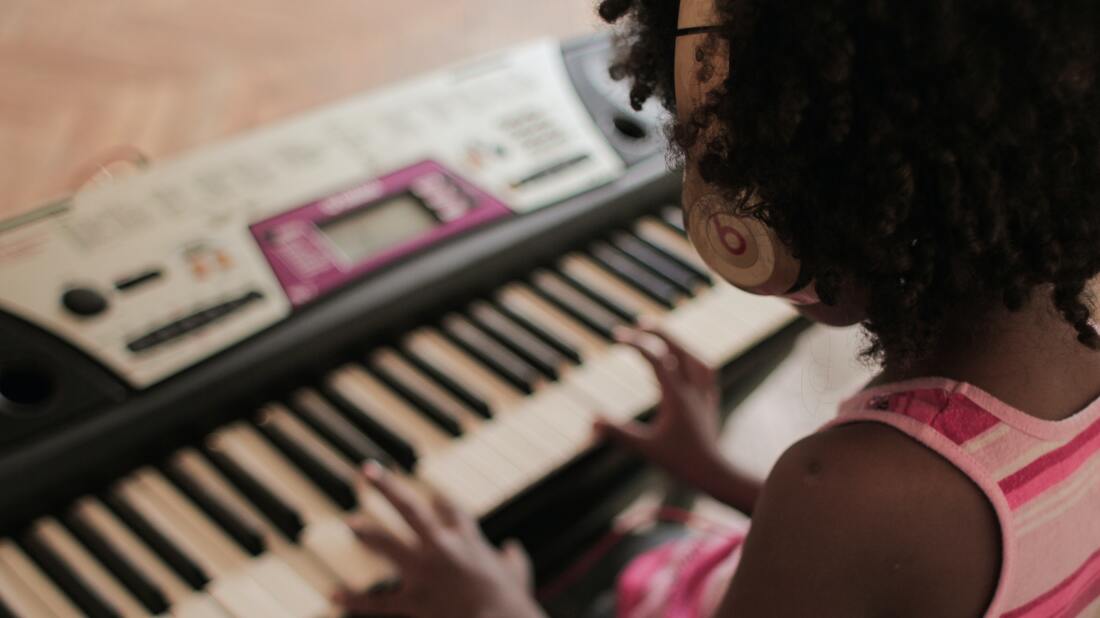

 RSS Feed
RSS Feed